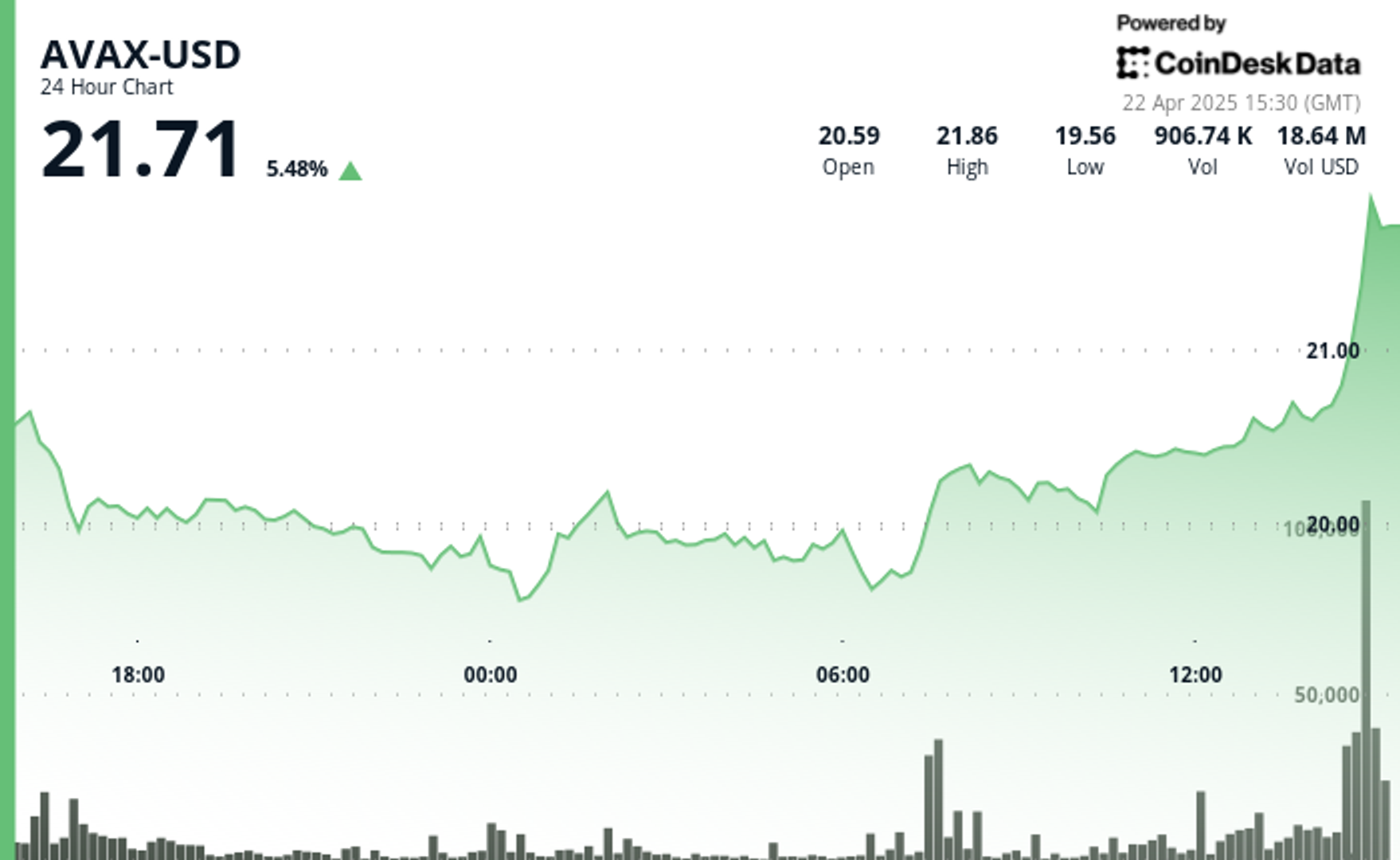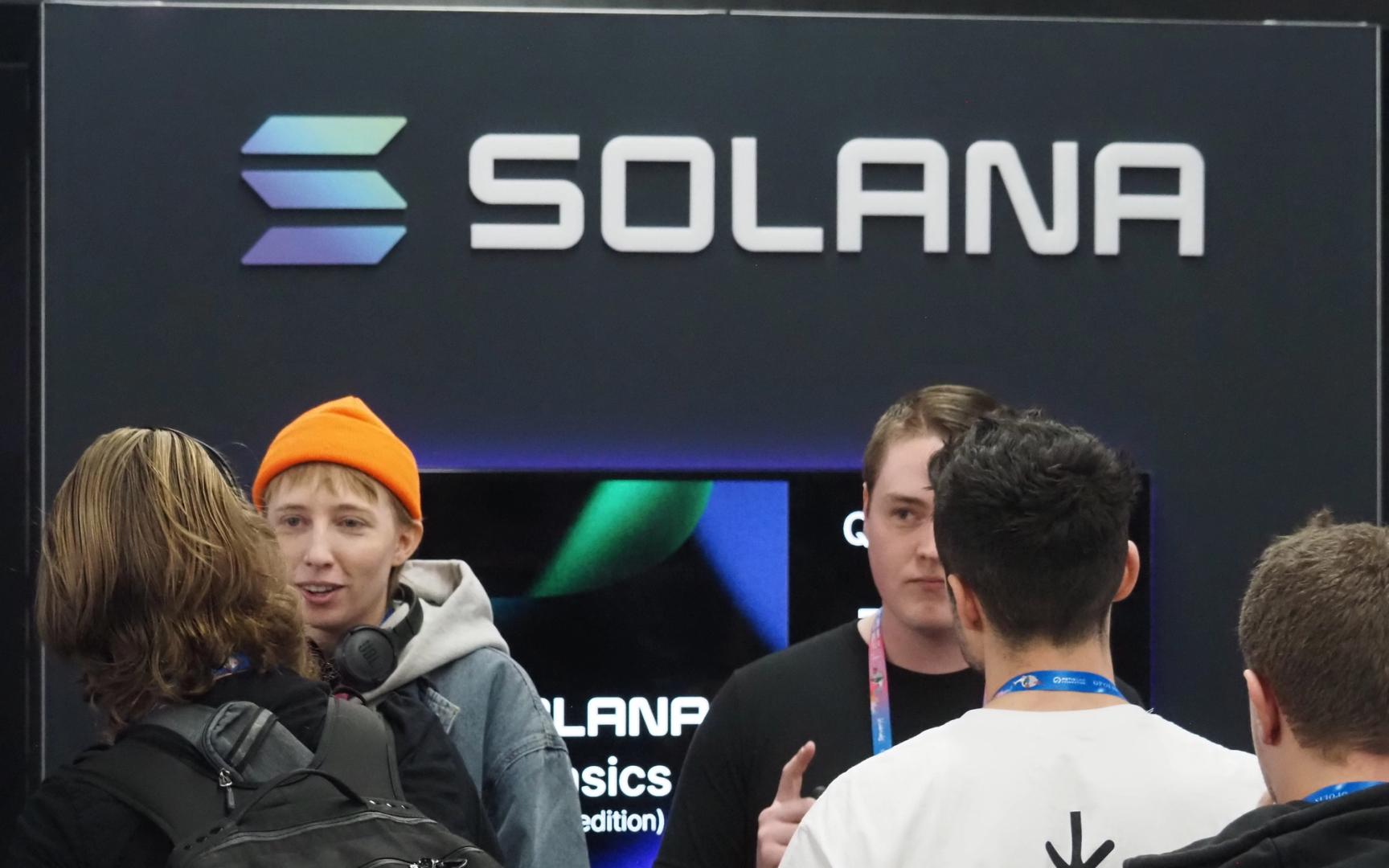Uncategorized
Blockchain Fragmentation Is a Major Problem That Must Be Addressed in 2025

Over the past year, the crypto industry has attracted users on an exponential scale, with monthly active addresses tripling from 70 million in 2023 to over 220 million in 2024. With over 300 chains listed, the ecosystem should be able to cater to the needs of all types of users sustainably. However, in this sprawling landscape, a majority of activity and liquidity is locked within multiple Ethereum Layer 2’s.
In its current state, Ethereum is reminiscent of early 1500s Europe, which experienced breakthroughs like the printing press and advanced shipbuilding that enhanced resource management. Today, Ethereum’s flourishing DeFi ecosystem is equipped with primitives such as lending and borrowing, staking and restaking. However, much like Europe’s challenges with scarce and overutilized resources, Ethereum faces obstacles in making other assets useful in its own home — its Layer 1.
The current blockchain ecosystem thus remains frustratingly fragmented. While chain abstraction has been a trending narrative with many projects making progress, solutions like intents usually involve sequencers that favor large players when filling orders between blockchains, leading to centralization. Furthermore, there is no additional utility created for users as most solutions are focused on simply swapping assets.
Despite impressive technological foundations, we’ve created a landscape where digital assets are constrained rather than empowered. Top blockchain resources such as Ethereum are underutilized and limited by rigid architectural boundaries.
For true interoperability to exist, in 2025, we must take a step back and re-approach blockchain modularity from a fresh perspective.
The illusion of modularity
The common analogy of blockchain as «Lego blocks» oversimplifies a complex technological landscape. Unlike uniform construction pieces, blockchain components are intricate systems with specific dependencies and complex interoperability challenges.
Consider a practical scenario: moving an asset between different blockchain networks should be straightforward. Yet current solutions like basic token swaps offer minimal functionality. The technology demands a more nuanced, sophisticated approach.
Emerging technologies are changing this narrative. General message-passing alternatives and advances in transaction finality are allowing for a more organic, unified ecosystem. The ultimate goal isn’t just connecting disparate parts but creating an infrastructure where different networks can collaborate effortlessly.
2025: The year of utility and accessibility
Looking ahead to 2025, I anticipate a two-pronged approach to address current and future fragmentation issues. In order to appeal to users and build a sustainable user base, the infrastructure should blend into the background so users can focus on the application itself without getting caught up in the technology behind it.
Currently, users are unable to utilize their assets optimally due to complicated bridging solutions which disincentivize users from moving their assets easily across the chains. Instead, we need to provide users with an avenue to maximize their yield while contributing to the ecosystem. This can be achieved by giving freedom to token holders to move their assets from chain to chain without bridging, through solutions like restaking. As restaking expands beyond Ethereum connecting multiple Layer 1 and Layer 2 networks, this is a growing area of interest for users.
Instead of fragmenting the ecosystem with new, competing blockchains, projects will focus on enhancing and interconnecting existing infrastructure. This approach will breathe new life into currently dormant chains, driving activity and creating genuine value.
On top of improvements to the underlying infrastructure, user experience will also take center stage. We’ll see applications that integrate blockchain functionality so seamlessly that users will interact with sophisticated technology without ever recognizing its complexity. The infrastructure will become invisible — a powerful backend that complements fluid frontend experiences without technical friction.
Creating a global marketplace
While 2024 marked significant acceptance of the industry, evidenced by increased investment in assets like bitcoin, true adoption requires an inclusive vision. We should not just build financial instruments, but create a global marketplace where everything talks to everything else, enabling every asset to reach its maximum potential.
The future of blockchain isn’t about individual chains competing for supremacy. It’s about creating a collaborative, fluid infrastructure that enables users access to economic potential, by building the future of how money and value can work.
Uncategorized
AVAX Surges 10.7% as Bullish Breakout Signals Strong Momentum

Avalanche’s AVAX token has broken out of its multi-week correction phase, demonstrating remarkable strength despite ongoing geopolitical tensions affecting cryptocurrency markets.
The broader market gauge, CoinDesk 20 Index (DLCS), has demonstrated exceptional bullish momentum, surging from 1403.33 to 1461.17 in the last 48 hours, representing a 4.12% gain, while the overall range spans 95.56 points (6.97%) from the low of 1365.61 to the high of 1461.17.
The recent price action of AVAX shows accelerated momentum with the formation of a bull flag pattern and decisive breakout above $20.40, coinciding with significant institutional developments in the ecosystem, according to CoinDesk Research’s technical analysis data.
Technical Analysis Highlights
- AVAX demonstrated remarkable strength, surging from 18.87 to 20.89, representing a 10.7% gain.
- Price action reveals a clear bullish trend with higher lows forming a strong support trendline around 19.50.
- After consolidating between 19.30-19.70 on April 20, AVAX experienced a significant breakout on April 21, with volume increasing substantially as the price pushed above 20.00.
- The most recent 48 hours show accelerated momentum with the formation of a bull flag pattern and a decisive breakout above 20.40, suggesting further upside potential.
- Key resistance at 20.90 now becomes the level to watch, with Fibonacci extension targets pointing to 21.50 as the next significant objective.
- In the last 100 minutes, AVAX surged from 20.61 to 21.04, representing a 2.1% gain.
- After consolidating between 20.50-20.60 during the 13:20-13:40 timeframe, price formed a solid base before initiating a powerful upward move.
- The decisive breakout occurred at 14:40 with extraordinary volume (146,387 units), creating a strong support level at 20.80.
- Multiple high-volume candles followed between 14:44-14:48, pushing the price through the critical 21.00 psychological barrier with the highest volume spike (142,112 units) at 14:47.
- This breakout completes the bullish pattern established in the previous 48 hours, with Fibonacci extension targets now suggesting 21.50 as the next significant objective.
Disclaimer: This article was generated with AI tools and reviewed by our editorial team to ensure accuracy and adherence to our standards. For more information, see CoinDesk’s full AI Policy. This article may include information from external sources, which are listed below when applicable.
External References:
- «Avalanche (AVAX), Toncoin (TON) and Kaspa (KAS): Can They Recover?« — CryptoDaily, published April 2025.
- «Avalanche (AVAX), Polkadot (DOT) Rebound on the Horizon? Harmonic Pattern Signals Bullish Move» — Bitzo, published April 2025. — Bitzo, published April 2025. — Bitzo, published April 2025.
- «Avalanche Price Prediction« — Cryptopolitan, published April 2025.
- «Avalanche Card Unveiled: Will It Spark Bullish Momentum for AVAX?« — Coinpedia, published April 2025.
Uncategorized
Janover Buys Another $11.5M in SOL, Gets Renamed Amid Crypto Treasury Strategy Play

Janover (JNVR), the real estate-focused fintech company with a Solana (SOL) treasury strategy, has been renamed to DeFi Development Corp and purchased another $11.5 million worth of SOL tokens, the firm said on Tuesday.
The move brings the company’s total SOL holdings to 251,842, including staking rewards, the company said. That’s valued at around $36.5 million, with SOL currently trading around $145.
JNVR shares were down 2.5% today at $38.3, well below last week’s peak just shy of $80. However, the stock is still up over 800% since adopting the crypto treasury strategy. SOL advanced nearly 5% over the past 24 hours, with the broader crypto market climbing higher.
The purchase was part of the Boca Raton, Florida-based company’s new crypto bet to position itself as the first U.S.-listed company with a treasury strategy centered on Solana and its native token SOL.
As part of the strategy, the firm seeks to accumulate SOL and operate one or more validators to secure the blockchain. The pivot happened after a team of former executives of crypto exchange Kraken bought a majority stake in the firm earlier this month.
Read more: Janover Takes Page From Saylor Playbook, Doubling SOL Stack to $20M as Stock Soars 1700%
The purchase was made using funds from a $42 million financing round the company completed earlier this year. Based on the latest figures, each share of the company represents 0.17 SOL, up 62% from its last crypto purchase, according to the press release.
The firm will also change its ticker to DFSV on the Nasdaq exchange at a future date to reflect its new name.
Last week, the company announced a strategic partnership with Kraken with plans to delegate part of the exchange’s SOL holdings to stake to validators operated by DeFi Development Corp. The firm also teamed up with BitGo to acquire locked tokens via over-the-counter markets.
Uncategorized
Arch Labs Raises $13M in Funding for Bitcoin-Based Smart Contracts

Bitcoin decentralized finance (DeFi) developer Arch Labs raised $13 million in funding toward building «ArchVM,» which the developers say will provide smart-contract functionality on the original blockchain.
The funding round, which valued the company at $200 million, was led by Pantera Capital, according to an announcement on Tuesday.
Arch’s plans to enable decentralized applications and protocols natively on Bitcoin.
ArchVM will handle off-chain computations to enable «Turing-complete smart contracts at the Bitcoin base layer» and provide Solana-like transaction speeds, Arch Labs said in the announcement.
The goal of introducing smart contracts to Bitcoin began to gather steam in October with the release of the BitVM computing language.
Numerous projects are now using BitVM as the basis for bringing smart contracts to Bitvcoin via layer-2 networks or bridges. Arch’s aim is to avoid the need to bridge assets to layer-2s, which could present additional risks.
-

 Fashion6 месяцев ago
Fashion6 месяцев agoThese \’90s fashion trends are making a comeback in 2017
-

 Entertainment6 месяцев ago
Entertainment6 месяцев agoThe final 6 \’Game of Thrones\’ episodes might feel like a full season
-

 Fashion6 месяцев ago
Fashion6 месяцев agoAccording to Dior Couture, this taboo fashion accessory is back
-

 Entertainment6 месяцев ago
Entertainment6 месяцев agoThe old and New Edition cast comes together to perform
-

 Sports6 месяцев ago
Sports6 месяцев agoPhillies\’ Aaron Altherr makes mind-boggling barehanded play
-

 Business6 месяцев ago
Business6 месяцев agoUber and Lyft are finally available in all of New York State
-

 Entertainment6 месяцев ago
Entertainment6 месяцев agoDisney\’s live-action Aladdin finally finds its stars
-

 Sports6 месяцев ago
Sports6 месяцев agoSteph Curry finally got the contract he deserves from the Warriors





